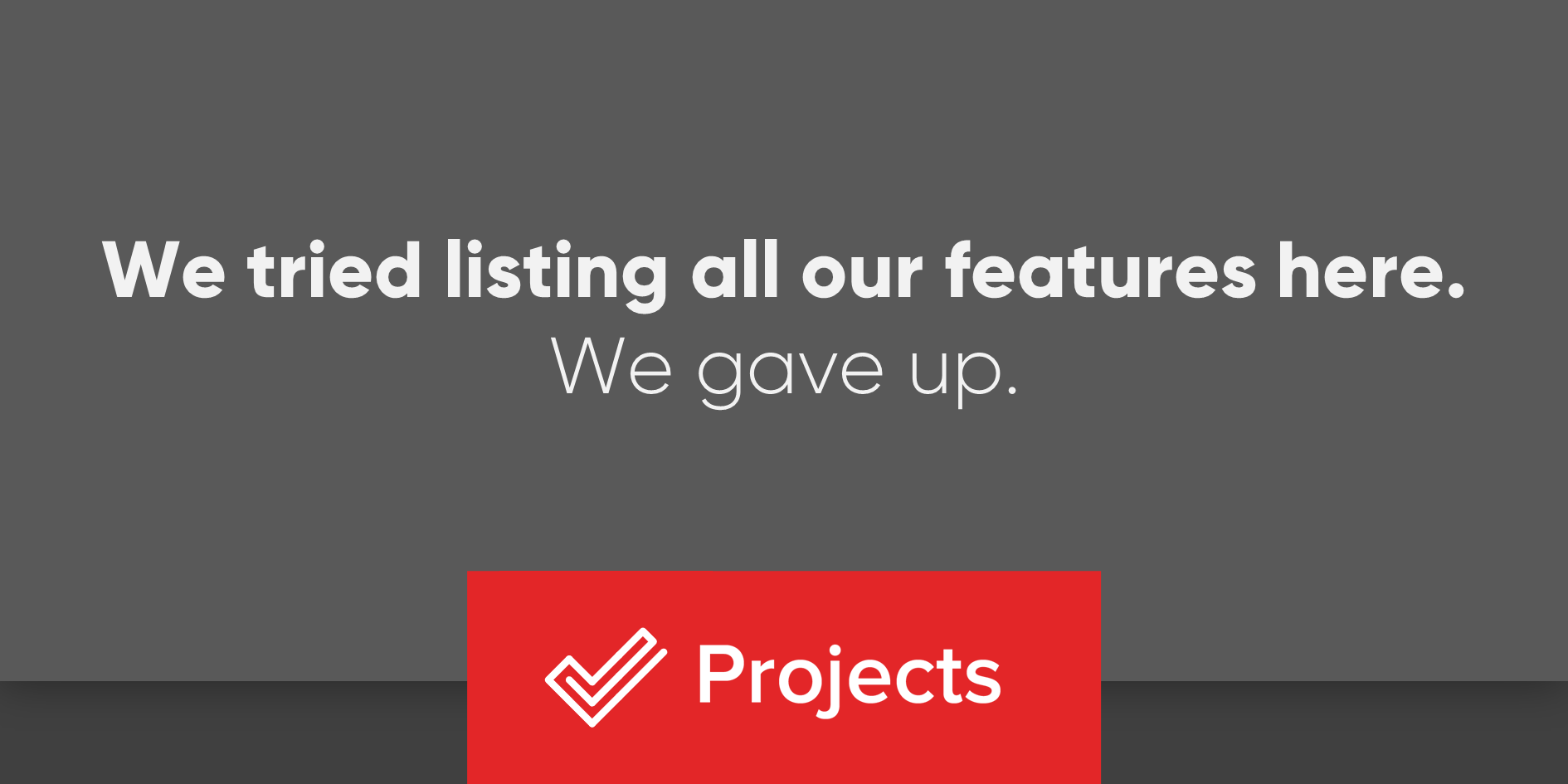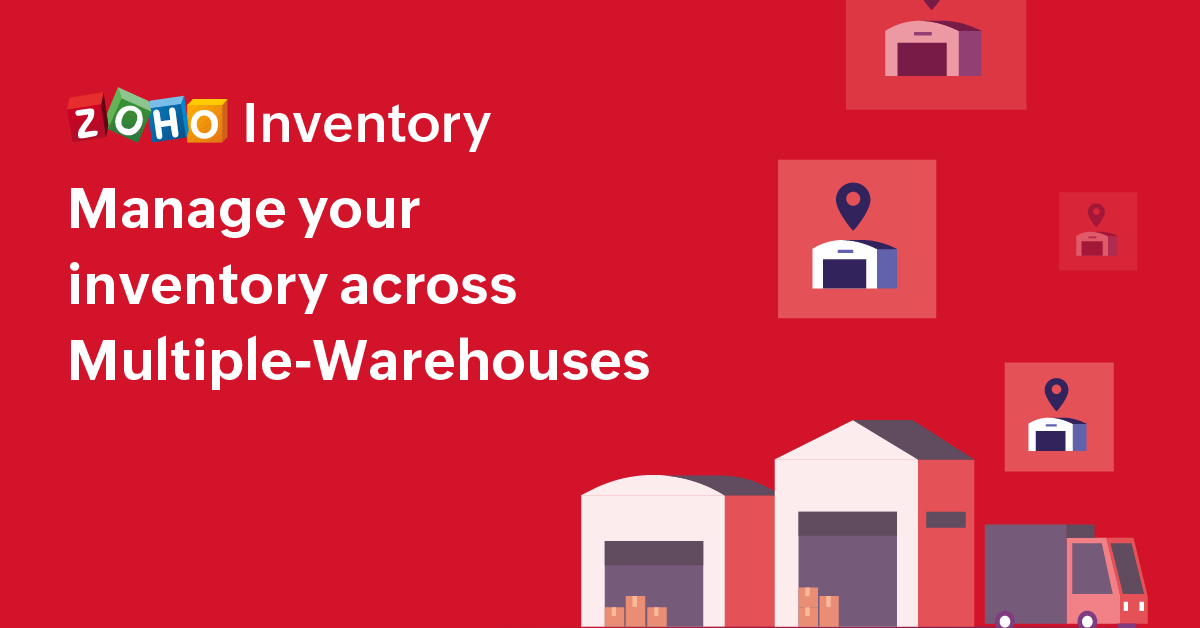
Affiliate Disclosure: We may earn a commission from Zoho purchases at no extra cost to you. We only recommend tools we've actually implemented.
Why ERP Integration Matters
Modern businesses use multiple software systems: CRM for sales, accounting for finances, ecommerce for online sales, project management for operations, and more. Without integration, these systems operate in silos, leading to:
- Manual data entry and increased errors
- Inconsistent information across systems
- Delayed decision-making due to lack of real-time data
- Reduced efficiency and productivity
- Poor customer experience due to fragmented data
Integrated ERP systems eliminate these problems by creating a unified data ecosystem where information flows automatically between systems.
Key Integration Types for Modern Businesses
1. ERP and CRM Integration
Connecting ERP with CRM ensures sales and operations are aligned:
- Order Flow: CRM sales orders automatically create ERP orders
- Inventory Visibility: Sales teams see real-time inventory availability
- Customer Data: Unified customer information across systems
- Pricing Consistency: Shared pricing and product catalogs
- Financial Integration: CRM quotes and invoices sync with accounting
Zoho Integration Example
Zoho CRM integrates seamlessly with Zoho Books and Zoho Inventory for complete order-to-cash automation.
2. ERP and Accounting Integration
Financial integration ensures accurate accounting and reporting:
- Automated Bookkeeping: ERP transactions post to accounting automatically
- Real-Time Financial Data: Always current P&L and balance sheets
- Invoice Generation: Automatic invoice creation from ERP orders
- Payment Reconciliation: Payments automatically matched to invoices
- Compliance: Automated tax calculations and reporting
3. ERP and Ecommerce Integration
Connecting ERP with ecommerce platforms streamlines online sales:
- Inventory Sync: Real-time inventory updates to ecommerce sites
- Order Import: Online orders automatically create ERP orders
- Shipping Integration: Automated shipping label generation
- Customer Data: Ecommerce customer data flows to CRM
- Product Catalog: Single source of truth for product information

4. ERP and IoT Device Integration
IoT integration enables real-time monitoring and automation:
- Equipment Monitoring: Real-time data from sensors and devices
- Predictive Maintenance: Automated alerts for equipment issues
- Inventory Tracking: RFID and barcode scanners update inventory
- Facility Management: Building systems integrated with operations
Real-Time Dashboards and Analytics
Integrated systems enable comprehensive real-time analytics:
Executive Dashboards
- Revenue, expenses, and profit in real-time
- Sales pipeline and conversion metrics
- Inventory levels and turnover rates
- Customer satisfaction and support metrics
- Operational KPIs across departments
Departmental Analytics
- Sales: Pipeline, conversion rates, top products
- Operations: Inventory turnover, fulfillment times, efficiency
- Finance: Cash flow, AR/AP aging, profitability analysis
- Customer Service: Ticket volumes, resolution times, satisfaction
Integration Methods and Technologies
1. Native Integrations
Built-in connections provided by vendors:
- Pre-configured and tested
- Easier to set up and maintain
- Typically included in platform pricing
- Limited to vendor's ecosystem
2. API Integrations
Custom connections using application programming interfaces:
- Flexible and customizable
- Connect any systems with APIs
- Requires technical expertise
- More maintenance required
3. Integration Platforms (iPaaS)
Platform-as-a-Service solutions for integrations:
- Visual workflow builders
- Pre-built connectors for popular apps
- No coding required for basic integrations
- Handles errors and retries automatically
Zoho Flow: Integration Platform
Zoho Flow provides a powerful iPaaS solution for connecting Zoho apps with 250+ third-party applications, including Shopify, WooCommerce, QuickBooks, Stripe, and more.
Case Studies: Real-World Integration Success
Case Study 1: Multi-Channel Retailer
Challenge: Separate systems for online store, physical locations, and wholesale, causing inventory discrepancies and order fulfillment delays.
Solution: Integrated Zoho One with Shopify, connecting Inventory, CRM, and Books.
Results:
- Real-time inventory sync across all channels
- Automated order fulfillment
- Unified customer data
- Reduced manual work by 60%
- Improved customer satisfaction
Case Study 2: Manufacturing Company
Challenge: Disconnected systems for production, inventory, sales, and accounting, causing production planning issues and delayed financial reporting.
Solution: Integrated Zoho Inventory with CRM and Books, plus IoT sensors for equipment monitoring.
Results:
- Real-time production data integration
- Automated inventory adjustments
- Instant financial reporting
- Predictive maintenance alerts
- Improved production efficiency
Best Practices for ERP Integration
1. Start with Core Integrations
Prioritize integrations that provide immediate value:
- CRM to ERP for order processing
- ERP to accounting for financial accuracy
- Ecommerce to inventory for stock management
2. Ensure Data Quality
Clean, standardized data is essential for successful integration:
- Remove duplicates before integration
- Standardize data formats and naming
- Validate data accuracy
- Establish data governance policies
3. Plan for Errors and Exceptions
Integrations will encounter errors; plan for them:
- Set up error logging and alerts
- Implement retry mechanisms
- Create manual override processes
- Monitor integration health regularly
4. Test Thoroughly
Comprehensive testing prevents production issues:
- Test with sample data first
- Validate data mapping accuracy
- Test error scenarios
- Perform user acceptance testing
Choosing the Right Integration Solution
Consider these factors when selecting integration tools:
- Native vs Third-Party: Native integrations are easier but may be limited
- Technical Requirements: Evaluate your IT capabilities
- Cost: Consider both setup and ongoing maintenance costs
- Scalability: Ensure it can grow with your business
- Support: Vendor support quality and availability
Zoho One: Built for Integration
Zoho One includes 45+ integrated applications with built-in connections between CRM, accounting, inventory, projects, HR, and more. Plus, Zoho Flow enables connections to hundreds of third-party applications.
Conclusion
ERP integration is no longer optional—it's essential for modern business operations. Integrated systems reduce errors, improve efficiency, enable real-time decision-making, and provide better customer experiences.
Whether you're connecting CRM to ERP, integrating ecommerce platforms, or building a complete ecosystem, the key is starting with your most critical workflows and expanding from there.